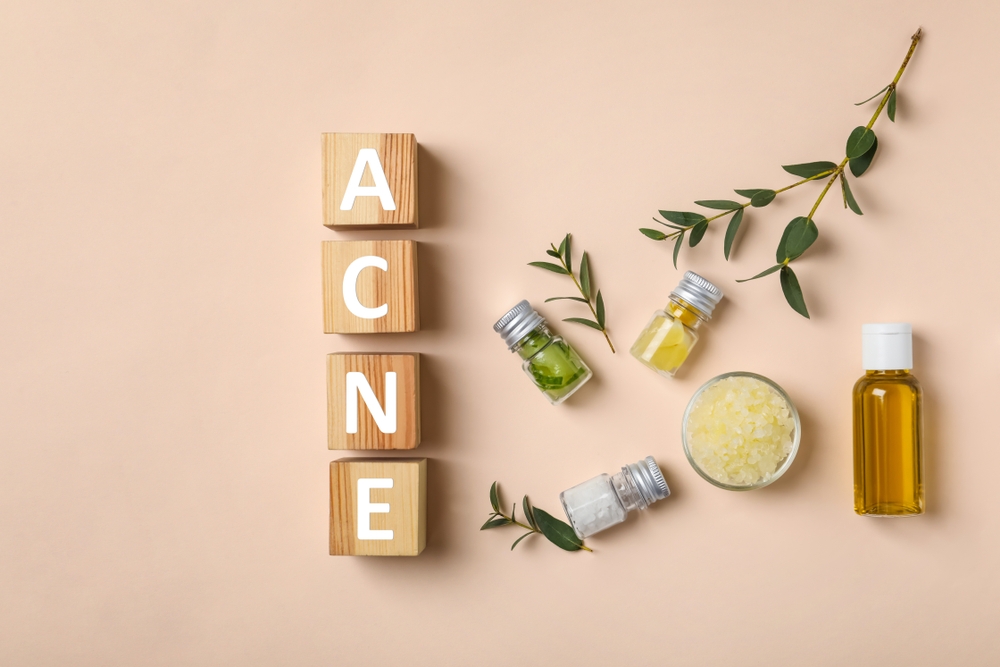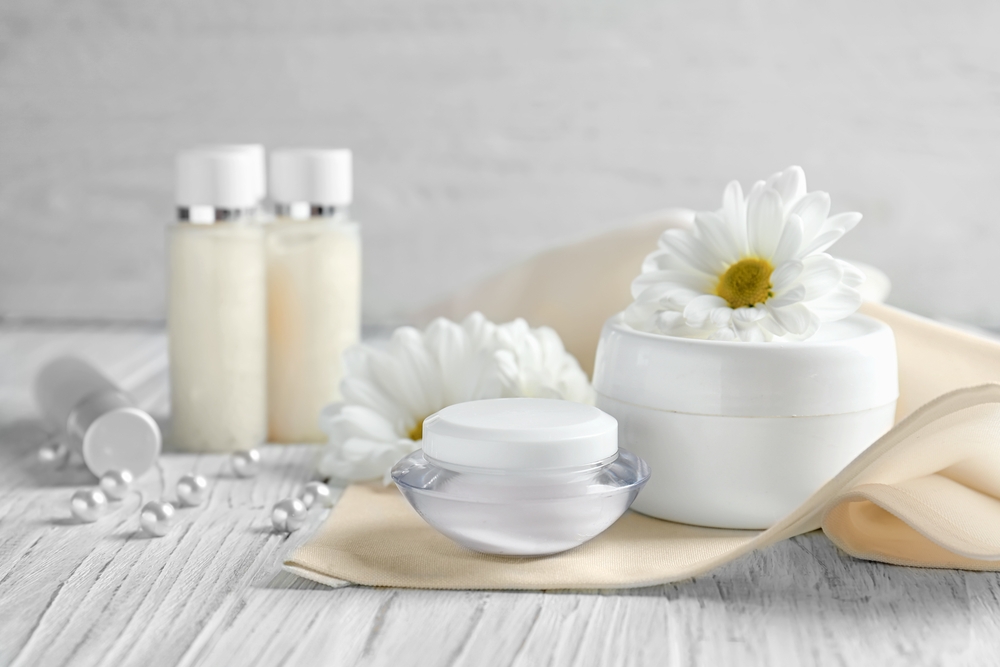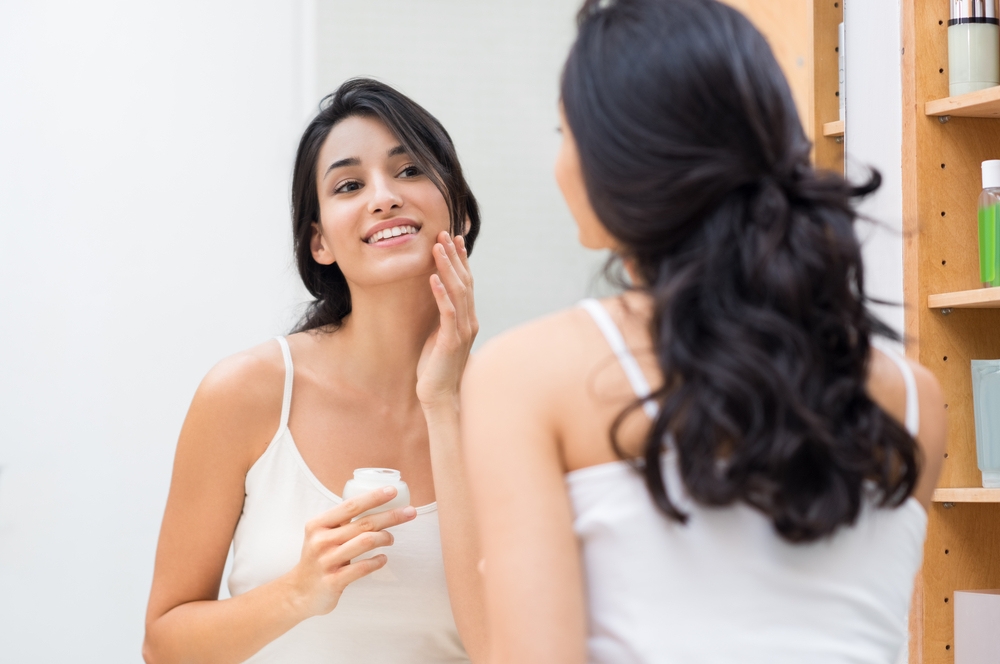
Acne, scientific name [acne], is a very common skin problem.
After many people develop acne on their faces, the first thing they do is not to turn to a regular doctor, but to buy all kinds of skin care products from the Internet or go to beauty salons for some fancy treatments, and the results are often not ideal.
In fact, for the treatment of acne, the key is to rely on scientific and rational drug use.
Before making a medication plan, doctors will first judge the type of acne.
First, what type of acne do you have?
According to the symptoms, acne can be generally divided into acne type, papular pustule type and nodular cyst type.
Acne is mild acne, papular pustular acne can be divided into mild and moderate, nodular cyst is often severe acne.
Generally speaking, for acne and mild papular pustular acne, simple external drug therapy may achieve better results.
For moderate papular pustular acne and severe acne, simple rubbing may not achieve very good curative effect and requires oral drug therapy under the guidance of doctors.
Second, common acne topical drugs
There are mainly two types of common first-line external drugs for acne treatment, one is tretinoin and the other is antibacterial drugs.
1. Retinoic acid drugs
At present, tretinoin drugs available in China include tretinoin cream (with 0.025% concentration and 0.1% concentration), isotretinoin, adapalin and tazarotene.
In the treatment of acne, these drugs can activate a series of signal transduction pathways by binding with corresponding receptors on the skin surface, thus promoting hair follicle keratinization to return to normal and reducing hair follicle occlusion and tiny acne formation.
At the same time, it can also improve inflammatory acne (papular pustule type) through other mechanisms of action.
In addition, these drugs also have the effects of fading acne marks and avoiding acne recurrence.
Attention should be paid to the photosensitivity of tretinoin drugs, and attention should be paid to avoiding light when using them. It is usually recommended to use it before going to bed at night.
Initial use may be irritant, which may be manifested as erythema, scales, dry skin, tingling pain, tight skin or burning sensation.
For people who are particularly sensitive to skin or cannot tolerate tretinoin for external use, salicylic acid and azelaic acid can be used instead, but the effect may not be as good as tretinoin.

2. Antimicrobial agent
There are mainly three kinds of antibacterial drugs available in China to treat acne, namely benzoyl peroxide, clindamycin and erythromycin.
This kind of drug can inhibit Propionibacterium acnes on the skin surface, thus inhibiting the inflammatory reaction of the skin. It is mainly used to treat papular pustule type, which has inflammatory reaction of acne.
Among them, benzoyl peroxide also has the function of dissolving acne.
Benzoyl peroxide is characterized by no drug resistance, so it is the first choice for inflammatory acne in acne treatment guidelines in many countries.
Its most common side effect is irritation. Many people may have obvious irritation reaction at the initial stage of medication. Therefore, it is similar to tretinoin drugs in usage and needs to gradually establish tolerance.
Compared with benzoyl peroxide, clindamycin and erythromycin are less irritant, but may be resistant to drugs. Erythromycin, in particular, is less used in China.
These two drugs are generally not recommended to be used alone, but in combination with benzoyl peroxide to reduce drug resistance.
Three, at first the medication is too stimulating, how to do?

It is a very common phenomenon that external drugs for acne treatment produce irritation, especially the above-mentioned first-line drugs such as tretinoin and benzoyl peroxide.
However, having a stimulating response does not mean that it cannot be used. As long as scientific treatment is carried out, tolerance can usually be gradually established.
Building tolerance mainly includes the following four methods, which can be used simultaneously or in any arrangement and combination:
-
Start from a small area. As the skin adapts, gradually increase the smearing area.
-
Take medicine every other day to reduce irritation. As the skin adapts, it can be restored to daily smearing.
-
Before applying the medicine, apply a layer of moisturizing cream before taking the medicine. After the skin adapts, you can apply the medicine first and then use the moisturizing cream.
-
Wash it off five minutes after taking the medicine. As the skin adapts, the residence time of the medicine on the face can be gradually prolonged.
After using these methods, if tolerance still cannot be established or the irritation symptoms are especially obvious, it is recommended to consult a dermatologist.
Generally speaking, scientific medication is very important for the treatment of acne. By adopting scientific methods of modern medicine, almost all acne can achieve very good therapeutic effects.
Different types and severity of acne are also different in treatment, which requires rational drug use under the guidance of doctors.
